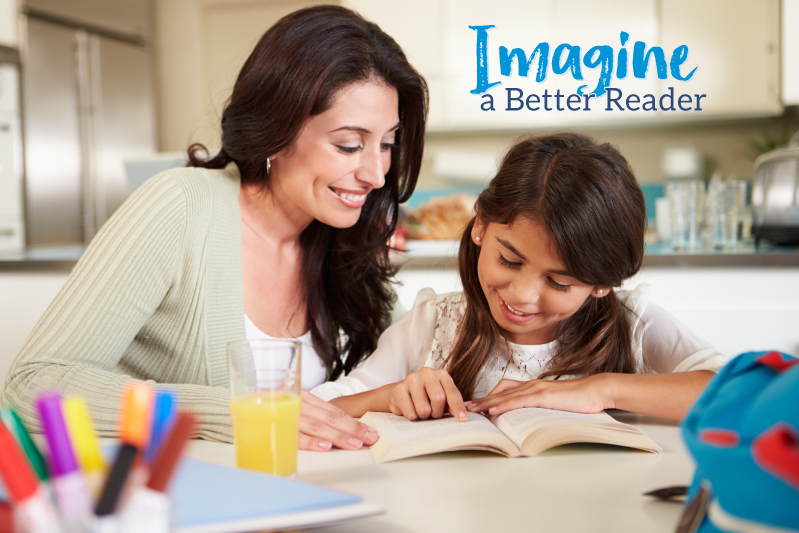
At Lindamood-Bell, we believe that all individuals can learn how to read to their potential—including those who have a previous diagnosis of dyslexia.
Over the course of nearly three decades, Lindamood-Bell has worked with thousands of individuals. Sitting with a child or an adult who struggles to read a word provides unique insight into the learning process. Our success with students is due to our unique approach, including our research-validated, sensory-cognitive instruction.
The Challenge
Unfortunately, many students, even those who have had years of extra help, continue to struggle with grade level text. Perhaps they sound out a word eventually—but it is slow and labored. They may take so long to sound out the word that they miss the meaning of the text altogether. Or, they may substitute words when reading a paragraph. For example, they may read ‘production’ instead of ‘perfection.’
For many individuals, even those who have received extensive reading support, sight word recognition remains difficult. They may attempt to use phonics strategies for most words—such as reading /pee/ /oh/ /plee/ for the word ‘people.’ When they finally conquer a word, they might not recognize that same word when they encounter it in the next paragraph.
Also, while a student may be able to spell words phonetically, they are unable to remember the visual patterns of words (orthography). For example, they may spell the word “friend” as “f-r-e-n-d.”
A Missing Connection
An important aspect of reading and spelling is symbol imagery, which underlies both phonological and orthographic processing. Symbol imagery is the ability to visualize letters in your mind’s eye. This connection of imagery and language is necessary for sounding out new words, as well as quickly recognizing letters and common words. Students who read fluently, and are able to self-correct their errors, have strong symbol imagery.
Traditional reading help focuses on how to sound out words as well as reading and spelling rules. While these activities have value, they do not affect the necessary imagery-language connection. They do not change how a student is processing language. This is why reading may still be extremely difficult for students who have received years of tutoring.
A Unique Approach
We help make this connection for students at our learning centers. The Seeing Stars Program develops symbol imagery for reading and spelling. Long overlooked in the field of reading research, symbol imagery is an important function that can now be assessed and developed.
Our instructors’ language stimulates an individual’s symbol imagery. For example, when a teacher says, “What letters do you see for ‘top’?” she is prompting the student to picture the letters t-o-p. By applying this skill to phonological and orthographic processing, reading, spelling, sight word and contextual fluency skills are improved. Improved symbol imagery can change reading, regardless of a student’s age or struggle with literacy—including those with a previous diagnosis of dyslexia.
Research-validated
We continually monitor student results to ensure that we maintain our exceptional standard of quality. View our Learning Center results with students who have reading difficulties here.
We also actively participate in neurological and behavioral research on our programs and instruction. Numerous peer-reviewed articles based on studies examining the effectiveness of our instruction with dyslexic students have been published in scholarly journals. In a recent fMRI study, neurological changes and significant reading improvements held or increased after Seeing Stars instruction. Read about this exciting research here. One of the study authors, Guinevere Eden, director of Georgetown University’s Center for the Study of Learning, was recently interviewed for the NPR series, Unlocking Dyslexia. In How Science Is Rewiring The Dyslexic Brain, Dr. Eden explains what is happening in the brain of someone with dyslexia when they read and how the brain can be “rewired” with intensive intervention. Lindamood-Bell is featured throughout the series. Get the series here.
If you would like further information or have questions regarding our instruction for please contact us 800.300.1818.
Come to our Open House!
All locations are hosting a DREAM BIG for Learning Open House in Spring of 2017. You’re Invited!





